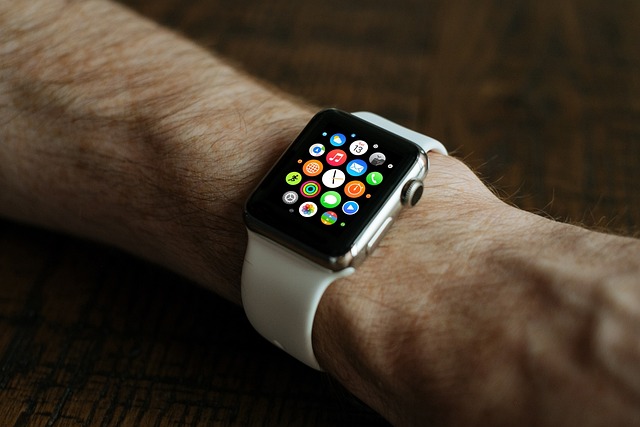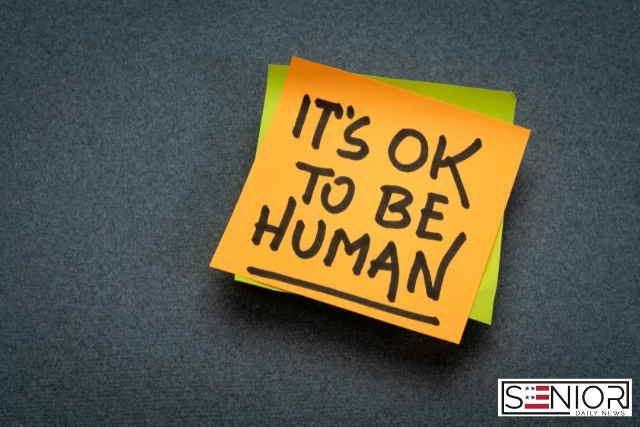Everything You Need to Know About Wearable Fitness Trackers: A Guide for Seniors

Staying active and healthy becomes even more important as we age—but keeping track of things like steps, heart rate, and sleep can sometimes feel overwhelming. That’s where wearable fitness trackers come in.
These small, wrist-worn devices have become popular tools to support better health, especially for older adults who want to stay independent, safe, and motivated.
Whether you’re a tech-savvy retiree or just starting to explore new ways to monitor your well-being, this guide will walk you through everything you need to know about wearable fitness trackers.
What Is a Wearable Fitness Tracker?
A fitness tracker is a wearable device—usually worn on your wrist—that monitors your daily physical activity and other health-related data. Think of it as a digital health assistant that keeps an eye on your body and gently reminds you to stay active.
Common features include:
- Step counting
- Heart rate monitoring
- Sleep tracking
- Calorie estimates
- Fall detection (in some models)
- GPS for walking routes
- Reminders to move or take medication
Some advanced models even sync with your smartphone or tablet to provide detailed reports and alerts.
Why Seniors Might Benefit from Fitness Trackers
Fitness trackers aren’t just for young athletes. In fact, many seniors are using them to:
✅ Stay Active
Even light walking and stretching can make a big difference in your health. A tracker can gently encourage daily movement and help you reach goals—like 5,000 or 10,000 steps a day.
✅ Track Heart Health
Many devices monitor your heart rate in real time, giving you peace of mind and potentially flagging irregularities that you can discuss with your doctor.
✅ Improve Sleep Habits
A good night’s sleep is crucial for memory, energy, and overall well-being. Fitness trackers can help you understand how much restful sleep you’re getting each night.
✅ Enhance Safety
Some trackers come with fall detection and emergency contact alerts—an excellent feature for those who live alone or want added peace of mind.
✅ Set and Reach Goals
Fitness goals, even small ones, can be motivating. Whether it’s drinking more water, walking daily, or sleeping better, many trackers offer friendly reminders and progress tracking.
What Features Should Seniors Look For?
When choosing a fitness tracker, simplicity, comfort, and readability are key. Here’s what to look for:
📱 Large, Clear Display
Choose a model with a bright, easy-to-read screen—especially helpful if you wear glasses or prefer minimal fuss.
🧠 Easy to Use
The best fitness tracker is the one you’ll actually use. Look for models with simple menus and one-touch operation.
❤️ Heart Rate Monitoring
Almost all modern fitness trackers come with this, but be sure it’s accurate and continuous.
🔋 Long Battery Life
A battery that lasts several days—or even a week—reduces the need for frequent charging.
📲 Phone Compatibility
Some trackers work best when synced to a smartphone or tablet. Make sure it’s compatible with your device (Android or iPhone).
📡 Optional Features:
- Fall detection and SOS button
- GPS tracking for walks
- Water resistance for shower or rain use
- Reminders to move, hydrate, or take meds
How to Get Started
- Choose the right device for your needs and budget.
- Charge it fully, then strap it on your wrist.
- Download the companion mobile app (if needed).
- Set basic goals—like 5,000 steps a day or 8 hours of sleep.
- Review your progress daily or weekly to stay motivated.
And remember: The goal isn’t perfection—it’s progress. A few extra steps a day, better sleep, or early health warnings can make a world of difference.
Image by fancycrave1 from Pixabay






